
“Hope” is a duo solo exhibition at the ALIEN Art Centre, presented by artists Jiro Kamata and Caroline Halley des Fontaines in collaboration with ALIEN Art. Two years have passed since the initiation of the project, in order to create an immersive scenario for audiences to explore, where the physical experience of light and color further triggers the scenery that people see at the critical point of reality and spiritual perception. The idea of the exhibition occurred last year when COVID-19 caused drastic changes to the human world: the movement of the world suddenly paused; there was nowhere to release the enveloped emotions of sadness, anger, and anxiety. Our pace was forced to slow down. At this moment, all human beings are caught in the fear, anxiety, and frustration of the epidemic that is sweeping the world. However, art always provides a catalyst for rejuvenation when people are disappointed or desperate. By introducing the energy of creative art, we hope to ignite a ray of hope for people who are trapped in darkness. This is the original intention of the exhibition “Hope”; at the same time, it also explores how the power of art can provide us with the peace in the face of impermanence in a subtle way.
Caroline Halley des Fontaines is an artist who has recently attracted global attention in the field of photography and art1. The "Lightscape", supported by the Palais de Tokyo in Paris, is a series of works created by the artist visited the seas, glacial lakes, the northern areas of the earth, capturing the color of water, light, and horizon, creating a second view of observing the natural environment. For the artist, this was a process that captured the vibration of perception, which approximated the process of art therapy. The artist has traveled in sparsely populated places for more than 20 years, such as Easter Island, India, Egypt, Ladakh, Central Tibet, Kenya, Navajo, Galapagos Islands, etc., exploring human's sacred rituals in life. Her creative works embody the archetype of universal symbols, enabling a deeper understanding of the inner self, where the artist also found some answers about the meaning of life and spiritual practices. Thinkers such as Carl Gustav Jung and Mircea Eliade, the founders of Analytical Psychology, showed us the collective, fictitious, and prototypical nature of life. Such as the mandala as a spiritual symbol of world unity and interdependence. The self, the ego, we may realize is only the tip of the iceberg of the self, the id. In the exhibition, Halley's idea that photography as the process of capturing ideology is very experimental. She has found a way to make the natural landscape reveal true colors, reminding us that perception is only relative; our inner landscape manifests the sacred visual of meditation, as at the moment of interaction with nature, only energy and color are left. It is a journey of inner healing. Through these moments of sharing, she expresses the beauty of human beings with sacred simplicity. The eternal universality she respects is not the man or woman closely related to daily life, but the medium connected with the spiritual aspect of society from the beginning to the end; therefore, it reflects the inner journey of the transformation of abstract art. As the artist said: "When people close their eyes, it is just a manifestation of silence, and there is an eternity in silence." After the "Lightscape" project, this year Halley expects to work with the famous French astronomer Hubert Reeves under the starlight. Life is a profound mystery. Only through exploration can one grasp the creator's ingenuity.
Also, using "lens" as a medium, Halley captures the moments when light and color trigger spiritual feelings. At the same time, artist Jiro Kamata, who uses discarded camera lenses as one of the precious materials, reflects another perspective and world for this exhibition. Following the 20-year retrospective of the solo exhibition "VOICES" in ALIEN Art Centre the year before last year, the artist was excited by the new discovery and exhibited a new series of works "Holon" this time. A holon is something that is simultaneously a whole in and of itself. When we look at the artist's work, we first see a whole, but what is interesting is that as the visual focus moves, the original flat circle under the surface becomes a sphere. The sphere rolls with the change of perspective. Behind it, there is the part of another larger world. Even incomplete, yet we know its existence. There is a total of 100 works on display this time. While each is an independent one, one connects another to form a larger whole, which implies the metaphorical sense that the human community units face the immediate catastrophe under epidemics. The wavy mountain-shaped island design, together with the sky above the ocean in Halley's works, symbolize "mountain" and "sea," which are not just a description of the mountains and seas around the ALIEN Art Centre in the physical sense, but as the objects of the self-viewing.
Otto Künzli once interpreted Kamata's work in this way: "Naked, the eyes of the camera have seen all the countries of this world…robbed of their black coat, they are now themselves exposed. In their colorless transparency, they appear liberated from their pictures…now the lenses are once again how we know them in front of the camera: black, deep and unfathomable. In this plain, strict form, the eye of the camera becomes an object of silent dialog, of probing observation...The camera eyes stare at us. Your eyes are the gateway to your soul. I don't want to see myself in you. However, we look into the camera eyes, that is the way they look back at us." 2 What does it mean to see the whole from the individual? In the artist Marina Abramovic's formidable work, "The Artist Is Present, 2010", she invites the audience to sit and gaze at the artist in the art gallery. In a vacuum and silent environment, two pairs of eyes staring into each other made many participants emotional, even just by gazing. Marina explained that she had turned herself into a mirror reflecting the self of the gazer, and she had never seen so much pain. Kamata liberated the camera from its original functionality and built another connection to a unique emotional state. If the existence of life is viewed as a sphere, any point on the surface of the body will lead to the core of meaning.
The design of the exhibition hall is based on the image of the mountains and the sea and presents the common creative themes of the two artists, light and color, in both space atmosphere. Halley’s exhibition site is a quiet sea of colors, which gives a tranquil atmosphere. The dark space facilitates the audience to meet the colorful ocean, and in the singing of ancient prayers, they can meditate and talk to themselves. Kamata’s exhibition site is an invisible mountain. Under the sunlight, it contrasts with Shoushan. One hundred works are like gems scattered in the forest, emitting dazzling light. Each work brings the viewer another perspective of viewing the world.
This exhibition is also a continuation of the context of ALIEN Art Centre's planning in "artist doing functional objects", and this time we focus on Contemporary Jewelry. Looking back on the history of design, the Arts & Crafts Movement in the second half of the 19th century led to changes in jewelry design. Under the influence of Total Art, many architects invested in jewelry design3. On the one hand, since jewelry design was relatively small in size, it was often regarded as a medium of experimental ideas to test the feasibility of spatial imagination, while exquisite contemporary jewelry works could further reflect the creator's keen and delicate aesthetic perception and its importance was no less than the large-scale sculptures collected by the museum. Contemporary jewelry creates a new relationship between people and works, making the wearer a part of the mobile artworks. It is worth noting that Kamata elevated the idea of contemporary jewelry from the attention to the wearers to the experience of spatial perception, using the refraction of light to recreate the internal environment of the work to explore the process of environment formation. A topic for discussion extended from the exhibition “Hope” will be: as a contemporary design, what makes contemporary jewelry worthy of collection? In addition to scarcity, those masterpieces that have been written into the design history possess exquisite craftsmanship, innovative material use, and the spirit of responding to the times. When it comes to the contemporary meaning of the contemporary design, design historian Daniella Ohad has noted this and believed that the relation among representation, process, material and form of the work must be further explored. As for the correlation between artistic creation and function, veteran dealer Barry Friedman said: "Those creating collectible contemporary design seek to express vision, stance, or mood without considering the functionality as a restriction. In reality, the function adds freedom rather than restricts it." 4 Although recognizable design can stimulate discussions in different aspects, the key is: excellent design always reflects the spirit of the times. For example, when entering the millennium from the Cold War period, designers worldwide responded to the fascination of the space race. 5 We hope that while supporting the experimentation and creation of the artists, we can also explore the contemporary context of developing the history of art and design and further establish a possible alternative narrative.
The epidemic provides an opportunity for people to transform through introspection. It leads us to examine our own lives and the way we treat the environment. Things that we once took for granted have become so unattainable at this moment. This year, we learned to open up other perceptions of the body, from the communication between people, the communication between people and the environment, to the mystery and vastness of the universe... “Hope” leads us to view from the height of the sea level or through the mountains and forests. Squinting is like exploring the distance through a camera or telescope lens, where the heart is going, and feel the original tranquility. In this way, the art museum has become an instinct that inspires the self-healing energy deep in oneself.
Notes
1. Caroline Halley des Fontaines lives and works in Paris. She uses different media such as film, video, and photography to create her works. Her works were exhibited in Paris, London, Berlin, New York, Los Angeles, Toronto, and other places. In 2020, she was rated by Pen’s annual issue as one of the representative artists of the photography theory of 21st century. The other ten photography artists also included in this book were JR, Andrea Gursky, Thomas Ruff, and others.
2. Otto Künzli, “Three Worlds,” in Yaman Shao, edited, VOICES, arnoldsche ART PUBLISHERS (2019)
3. At the end of the 19th century, architects brought the concept of space design into the development context of contemporary jewelry design, extending the perception of space to the wearer's taste representation.
Didier Haspeslagh on Collectible Jewelry, Design Miami Forum (2021)
4. What makes the design collectible? Defining a New Territory – What Makes a Design Collectible (2018)
5. The year 1999 marked a turning point that design became an item of art collection. The design masterpieces of the middle of the last century received unprecedented attention in the market through iconic museum exhibitions and visionary publications. Didier Krzentowski on Objects of Experimentation, Design Miami Forum (2021)
HOPE
Place: ALIEN Art Centre
Artists: Jiro Kamata, Caroline Halley des Fontaines
Curatorship: Yaman Shao
Exhibition text: Yaman Shao
Production: ALIEN Art
Advisor: Bureau of Cultural Affairs Kaohsiung City Government, Urban Development Bureau Kaohsiung City Government
Special Thanks to: YUIMOM GROUP
Hope at ALIEN Art Centre © ALIEN Art
Hope at ALIEN Art Centre © ALIEN Art
Hope at ALIEN Art Centre © ALIEN Art
Hope at ALIEN Art Centre © ALIEN Art
Hope at ALIEN Art Centre © ALIEN Art
Hope at ALIEN Art Centre © ALIEN Art
Hope at ALIEN Art Centre © ALIEN Art
Hope at ALIEN Art Centre © ALIEN Art
Hope at ALIEN Art Centre © ALIEN Art
Hope at ALIEN Art Centre © ALIEN Art
Hope at ALIEN Art Centre © ALIEN Art
Hope at ALIEN Art Centre © ALIEN Art
Hope at ALIEN Art Centre © ALIEN Art
Hope at ALIEN Art Centre © ALIEN Art
Jiro Kamata, Holon Candle stand, 2021, camera lens, PVD coasting, silver
Courtesy of Jiro Kamata
Courtesy of Jiro Kamata
Jiro Kamata uses the lenses of old camera's as a raw material for his jewelry. ©Jiro Kamata Studio
Jiro Kamata uses the lenses of old camera's as a raw material for his jewelry. ©Jiro Kamata Studio
Caroline Halley, Lightscape #planche400, Atlantic Ocean, Guethary, France, 2020, 10 x 15 cm, Chromogenic Print on Fujiflex collection paper
Caroline Halley, Lightscape #planche404, Atlantic Ocean, Bretagne, France, 2021, 120 x 180 cm, Chromogenic Print on Fujiflex collection paper
Caroline Halley, Lightscape #planche219, Atlantic Ocean, Bretagne, France, 2018, 120 x 180 cm, Chromogenic Print on Fujiflex collection paper
Caroline Halley, Lightscape #planche36, Atlantic Ocean, 2017, Chromogenic Print on Fujiflex collection paper
Caroline Halley, Lightscape #planche5, Atlantic Ocean, 2016, Chromogenic Print on Fujiflex collection paper
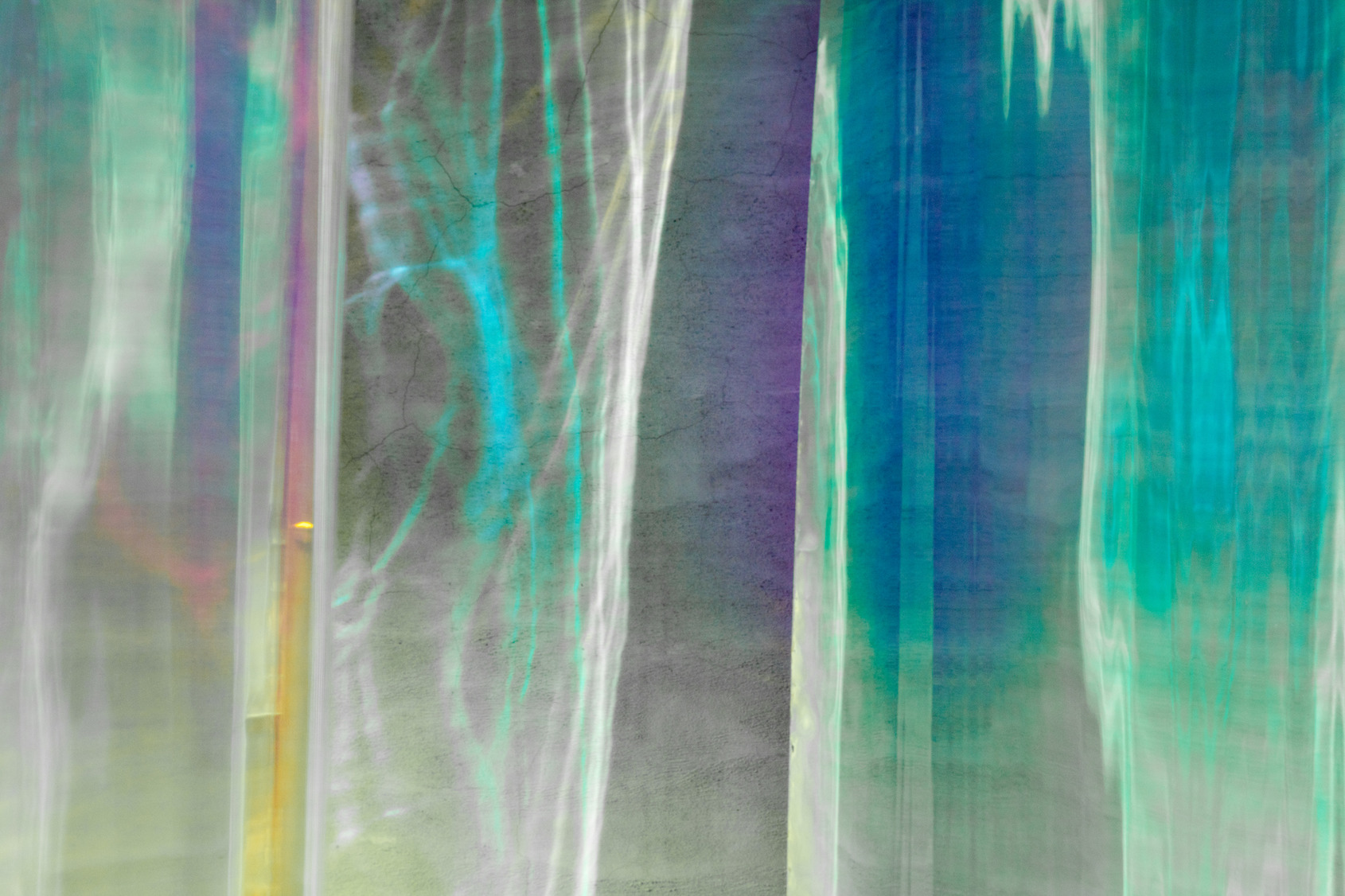
Hope at ALIEN Art Centre © ALIEN Art
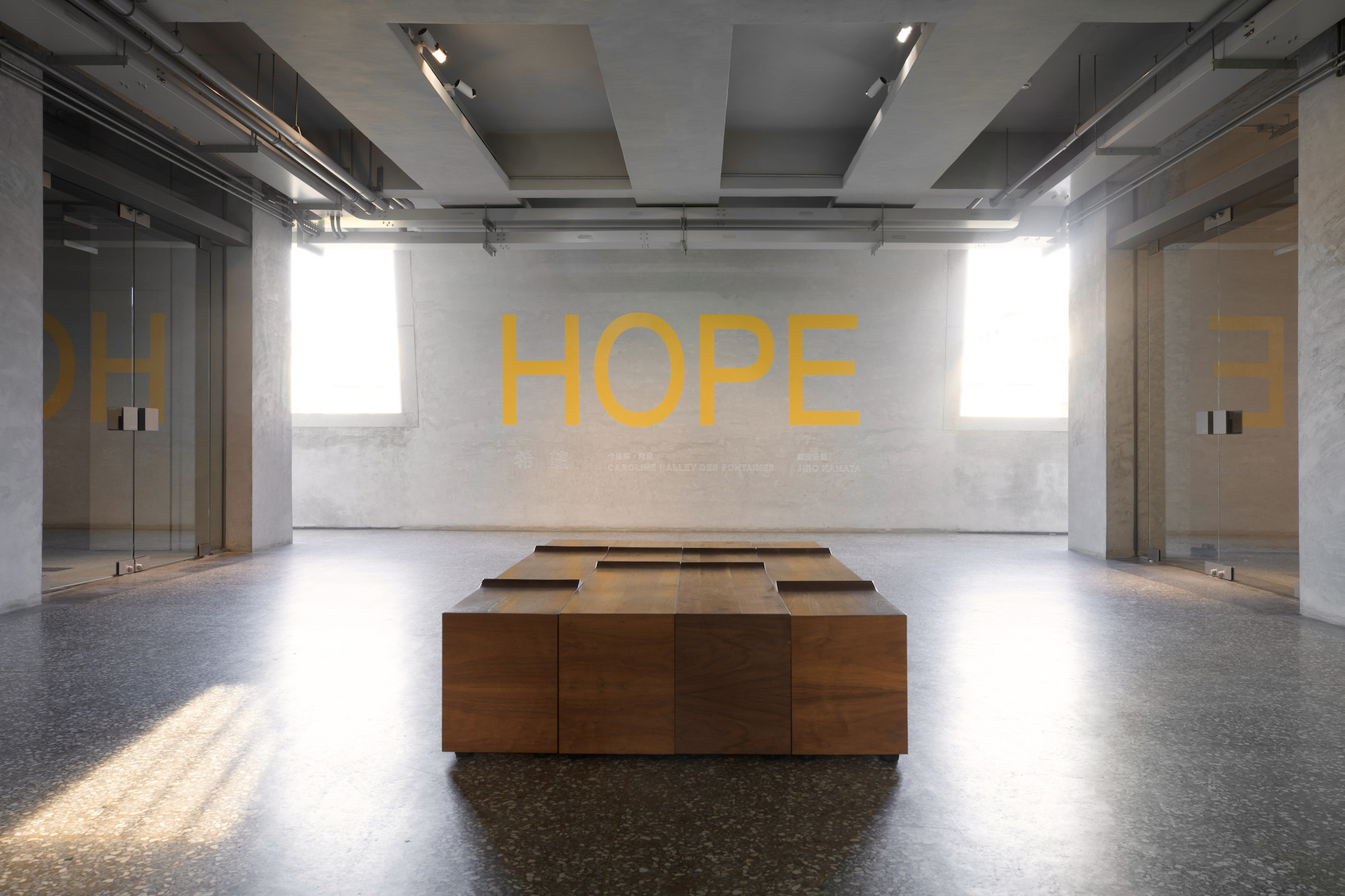
Hope at ALIEN Art Centre © ALIEN Art
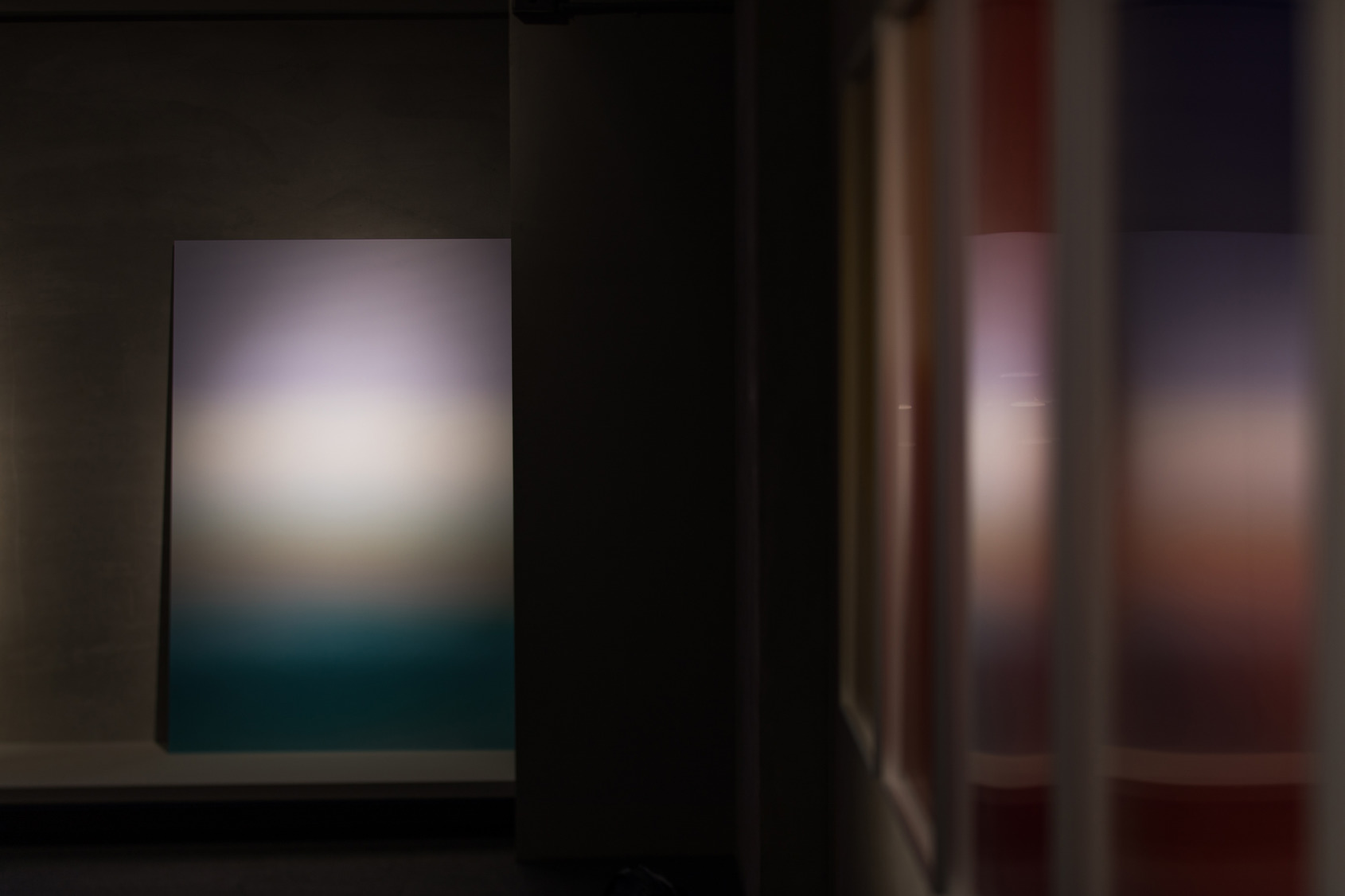
Hope at ALIEN Art Centre © ALIEN Art
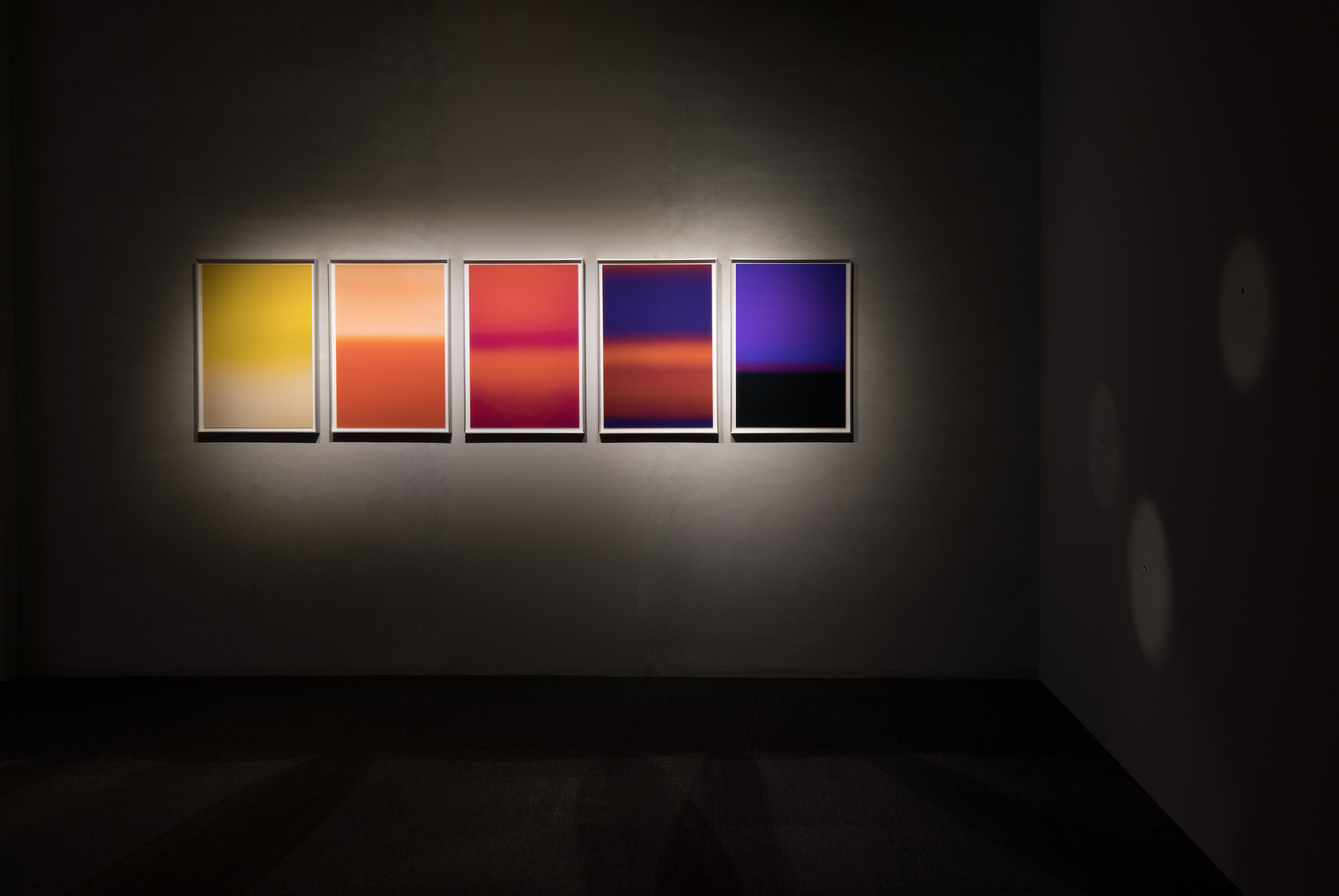
Hope at ALIEN Art Centre © ALIEN Art
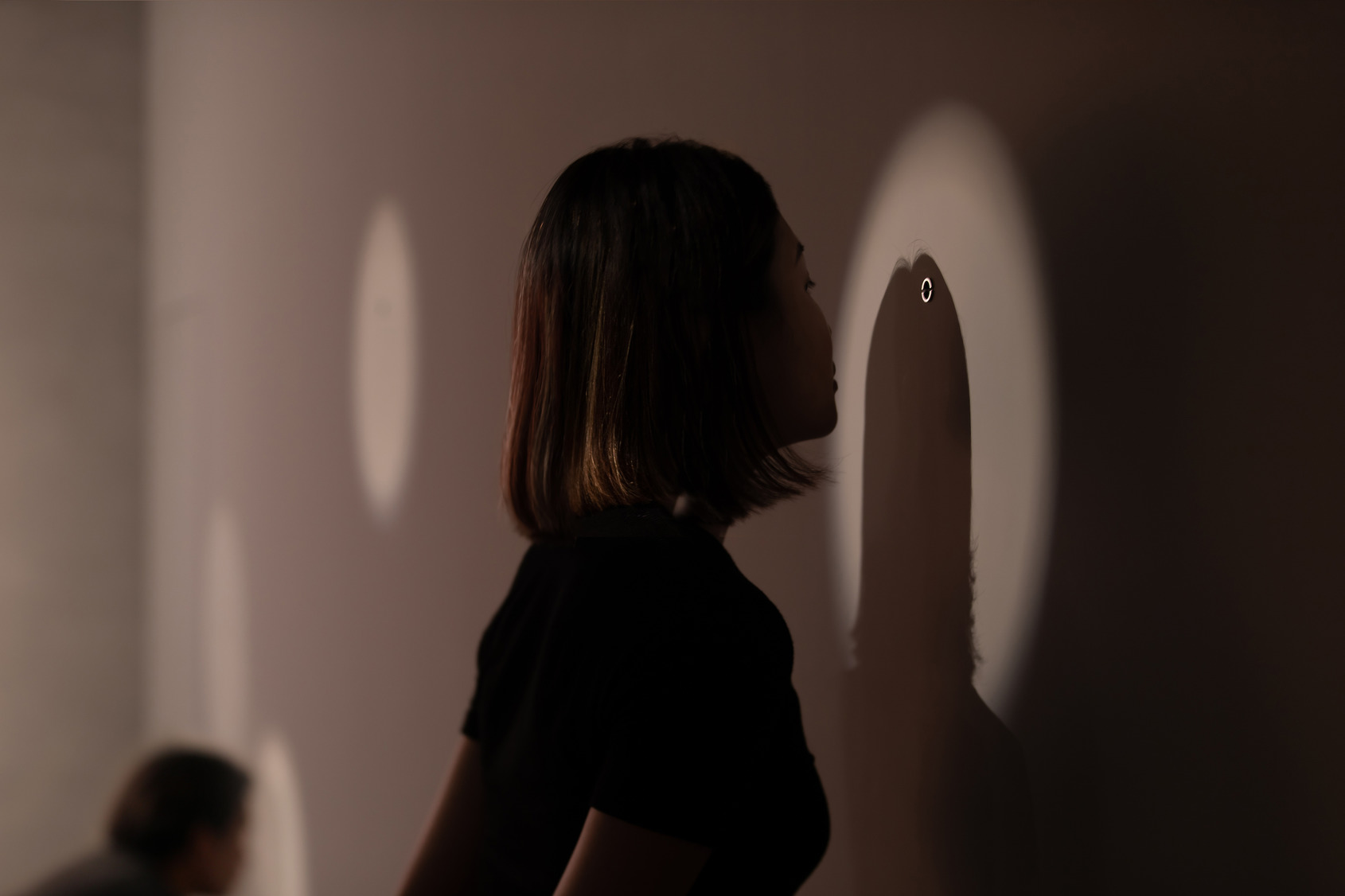
Hope at ALIEN Art Centre © ALIEN Art
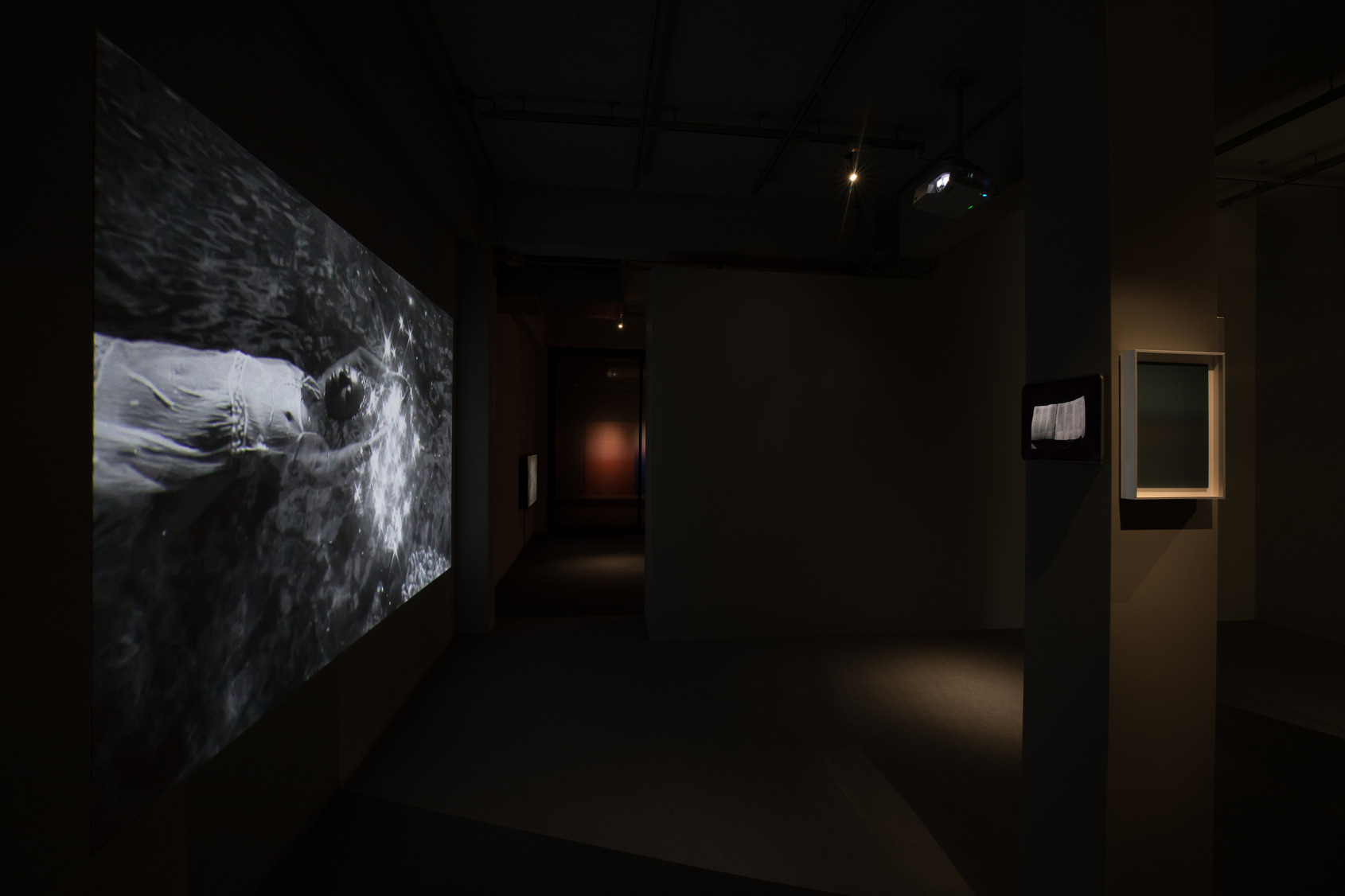
Hope at ALIEN Art Centre © ALIEN Art
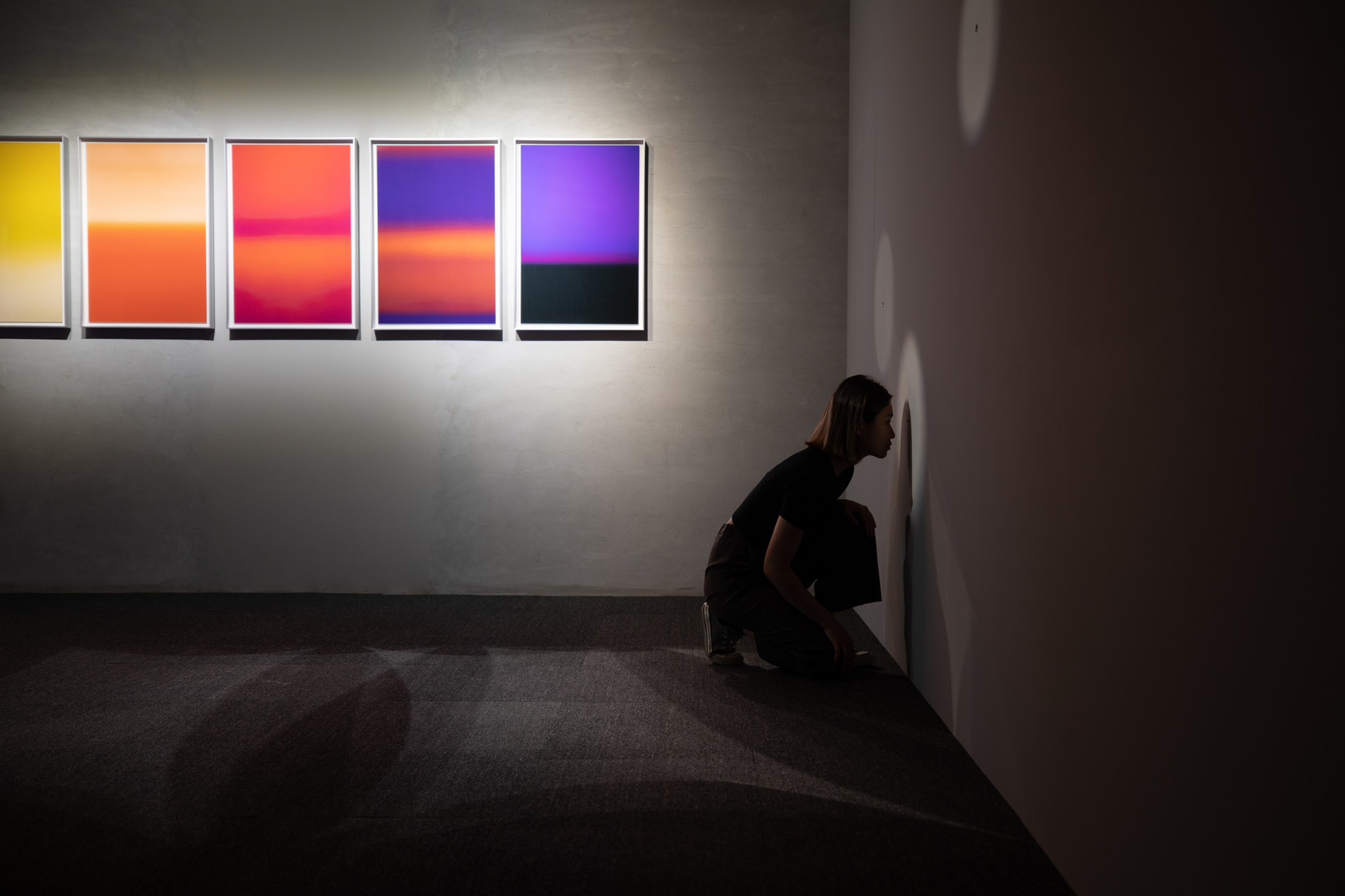
Hope at ALIEN Art Centre © ALIEN Art
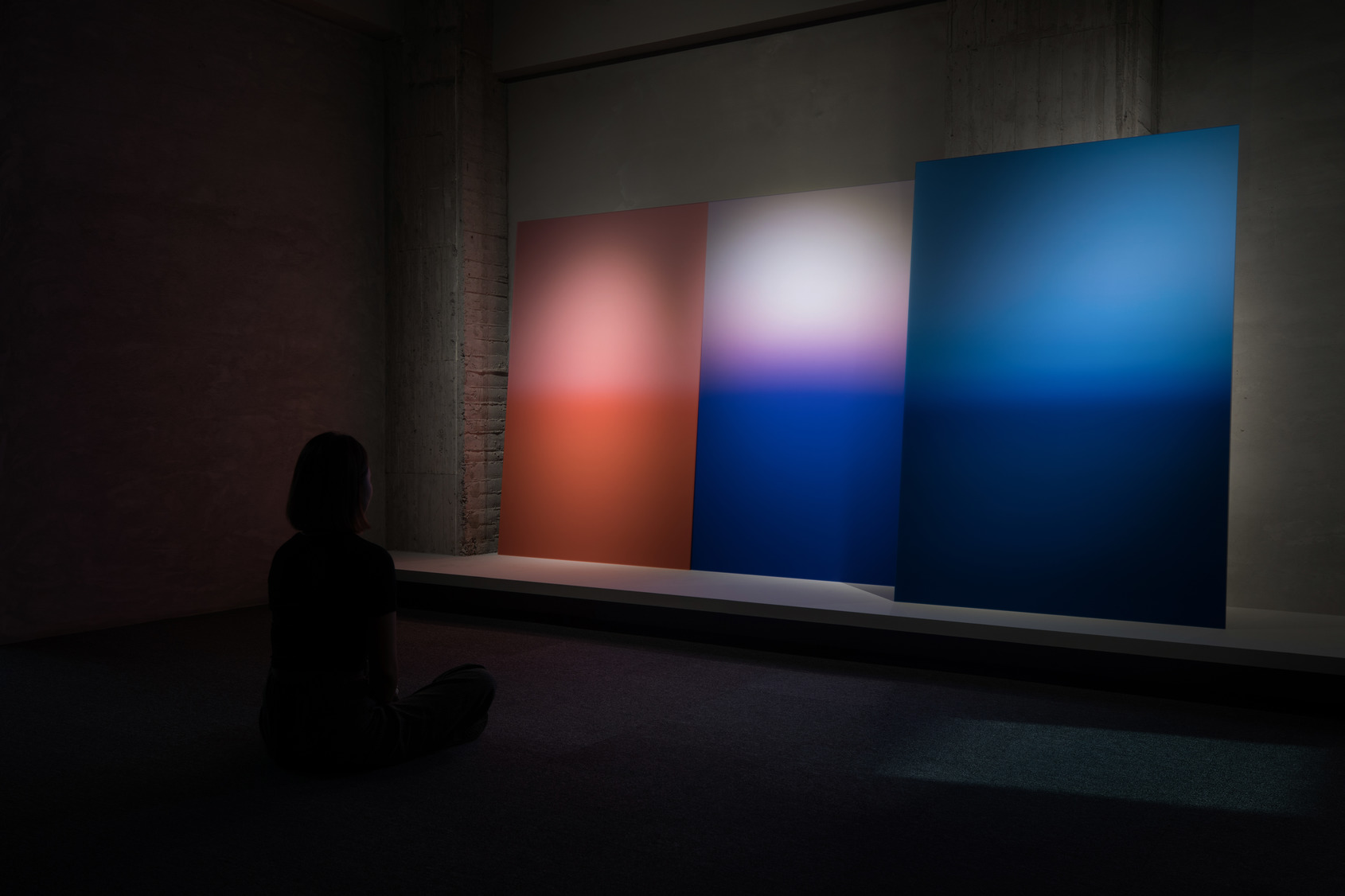
Hope at ALIEN Art Centre © ALIEN Art
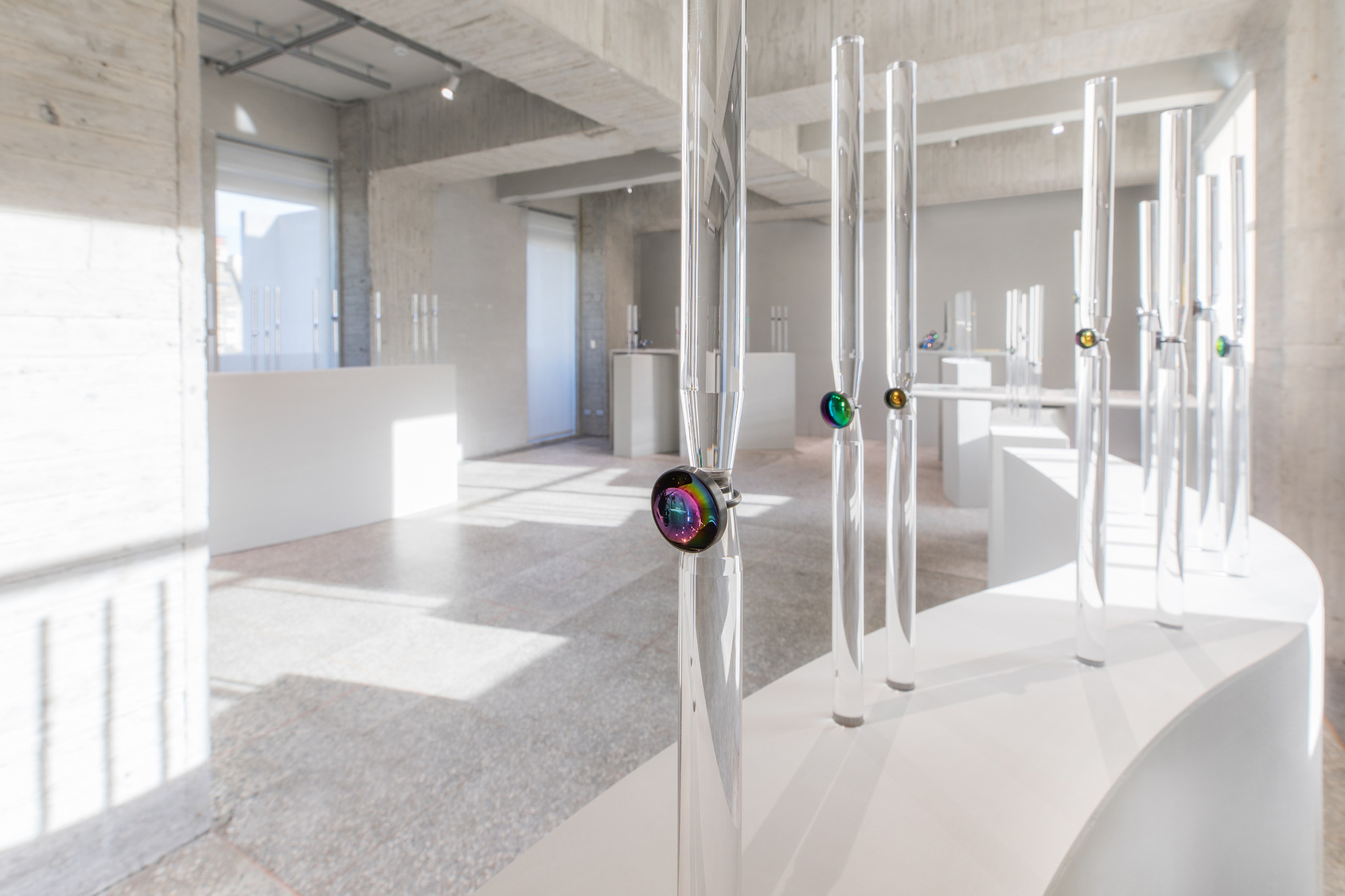
Hope at ALIEN Art Centre © ALIEN Art
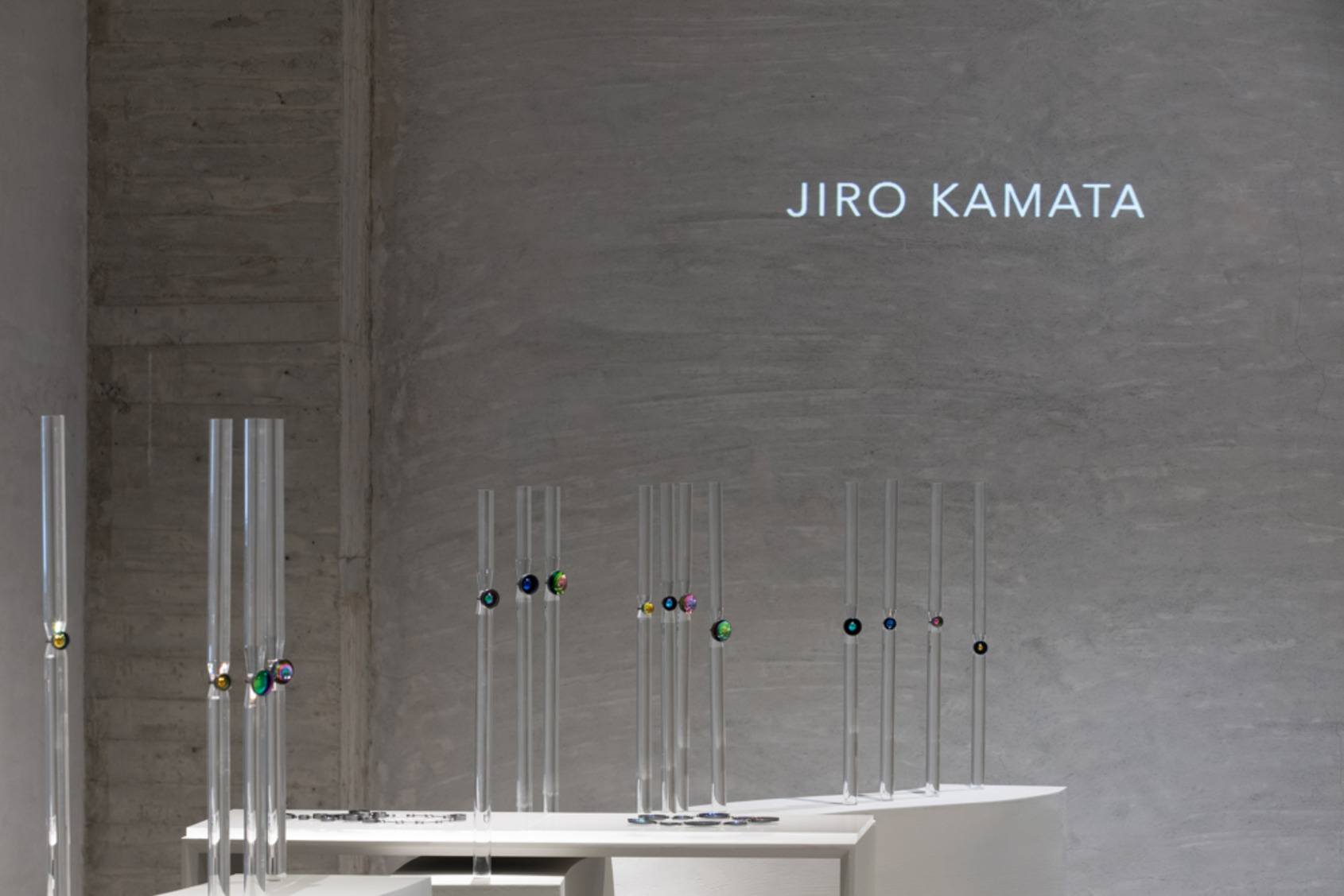
Hope at ALIEN Art Centre © ALIEN Art
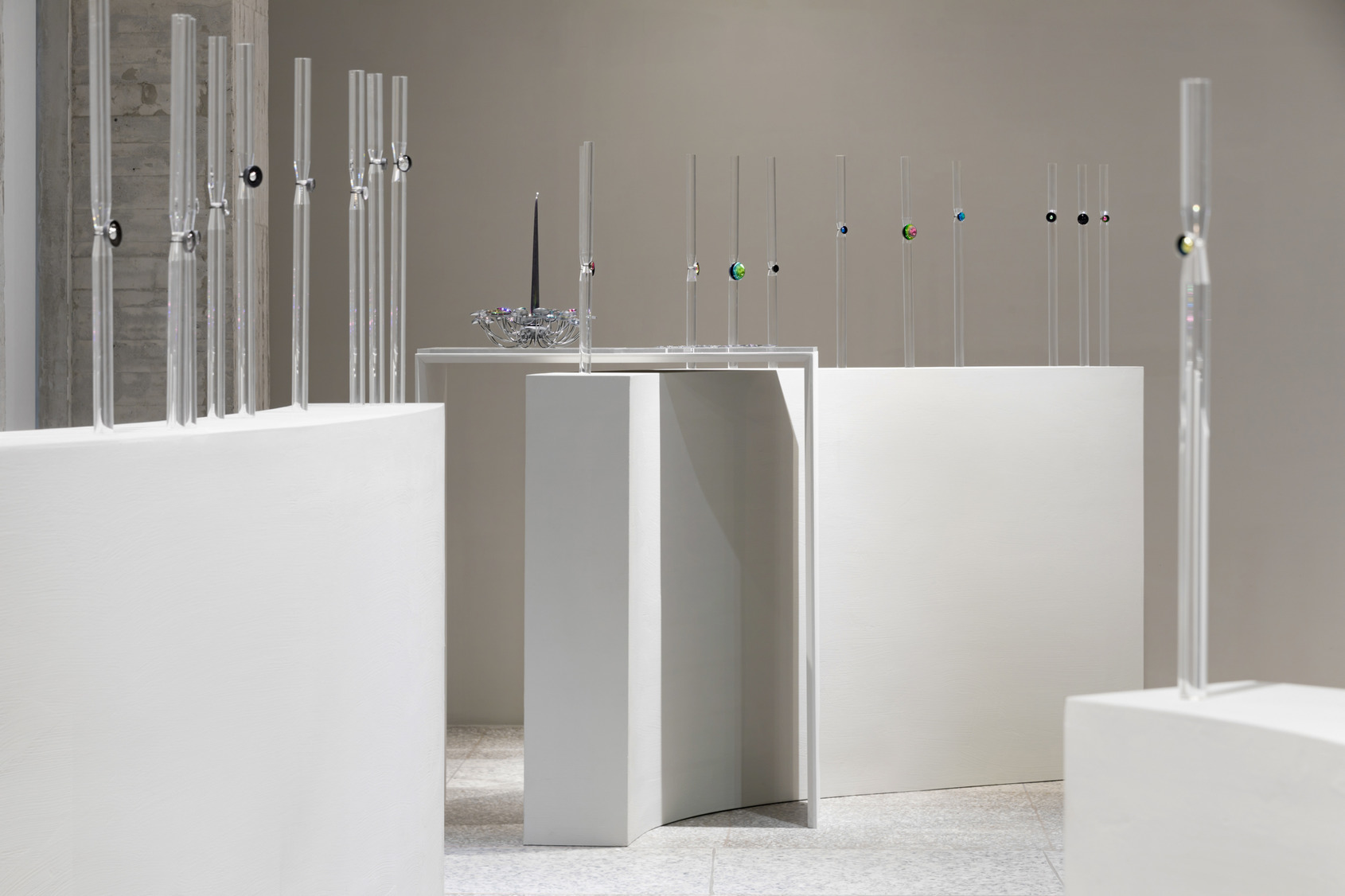
Hope at ALIEN Art Centre © ALIEN Art
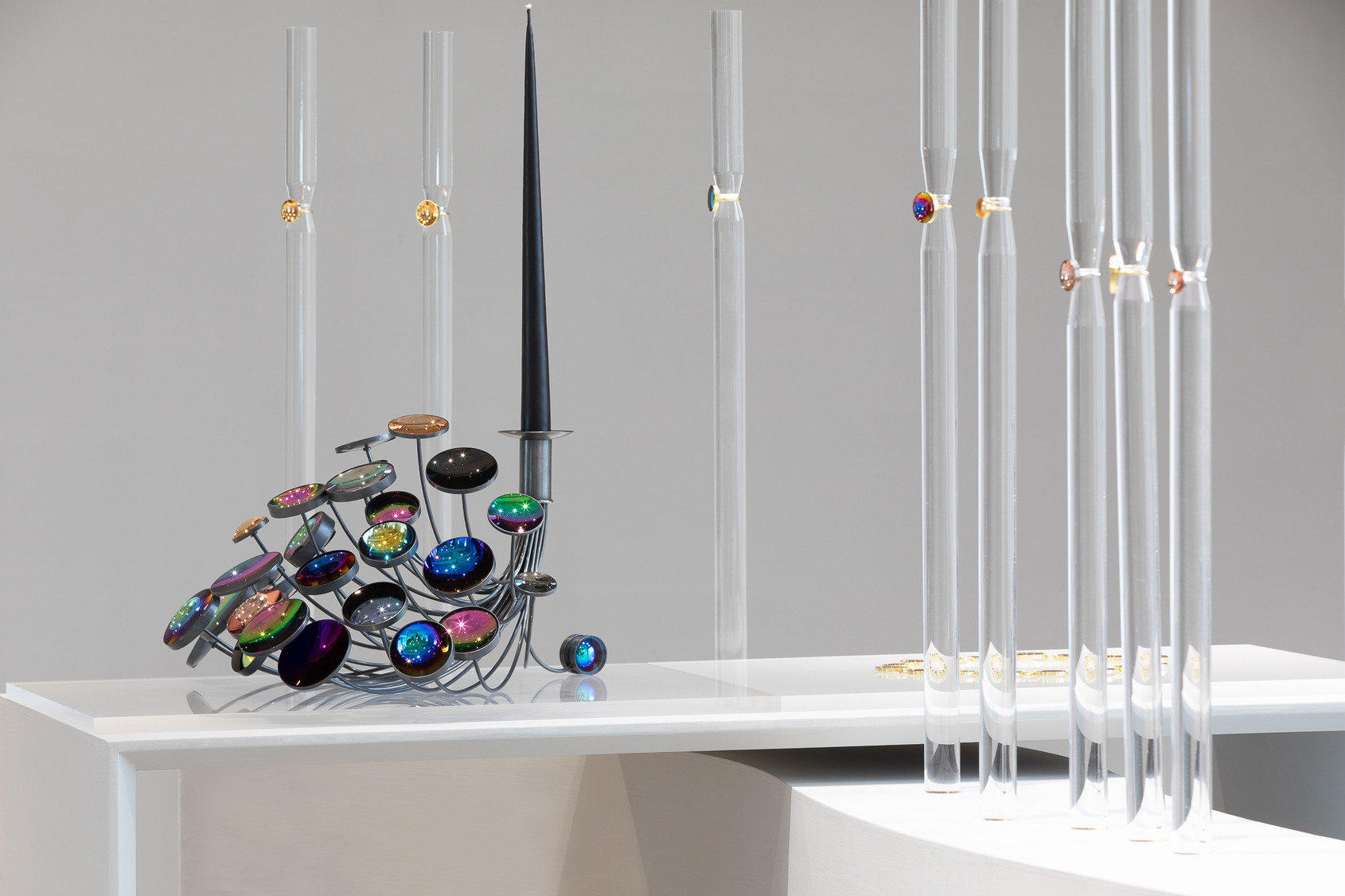
Hope at ALIEN Art Centre © ALIEN Art
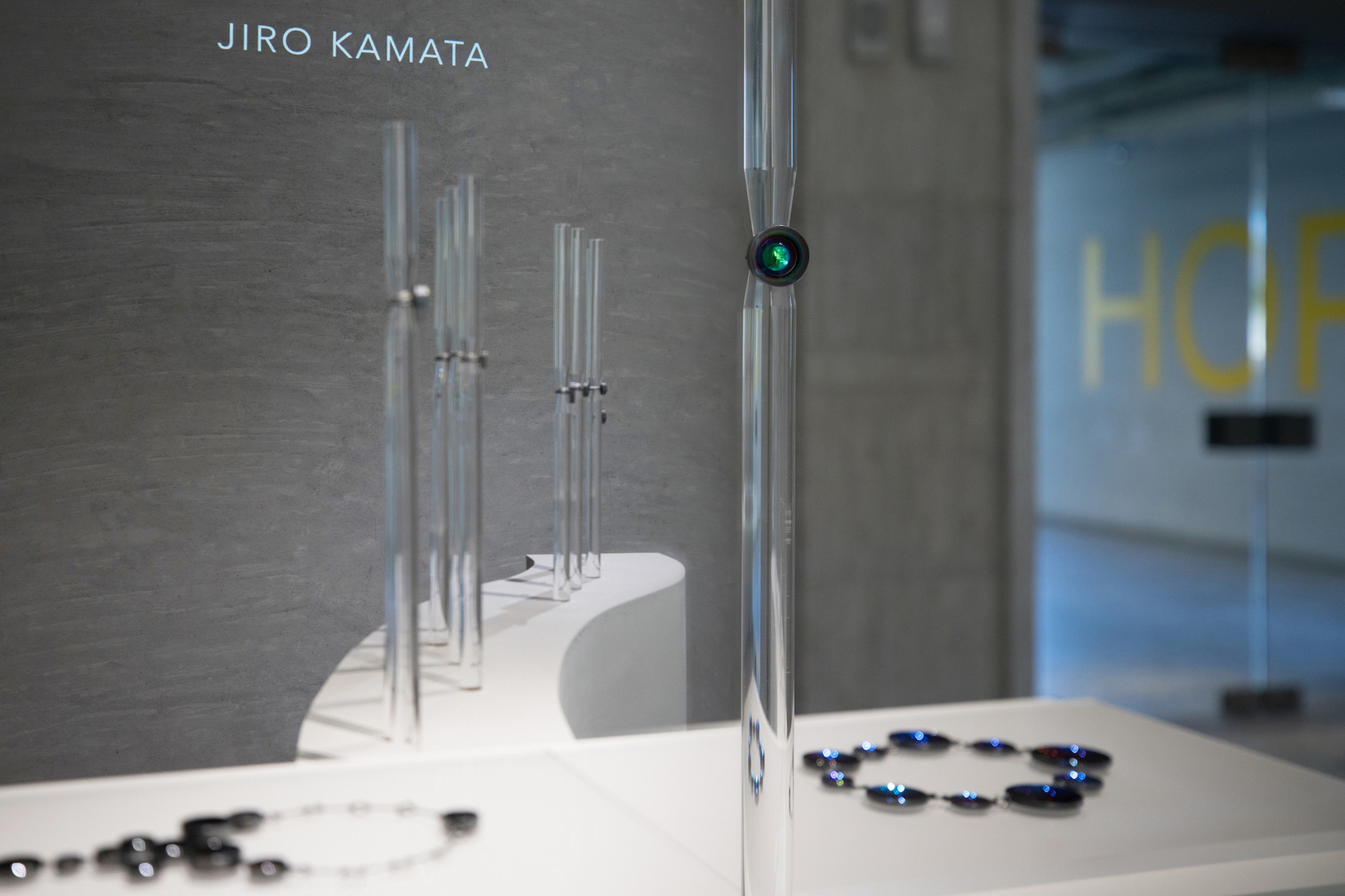
Hope at ALIEN Art Centre © ALIEN Art
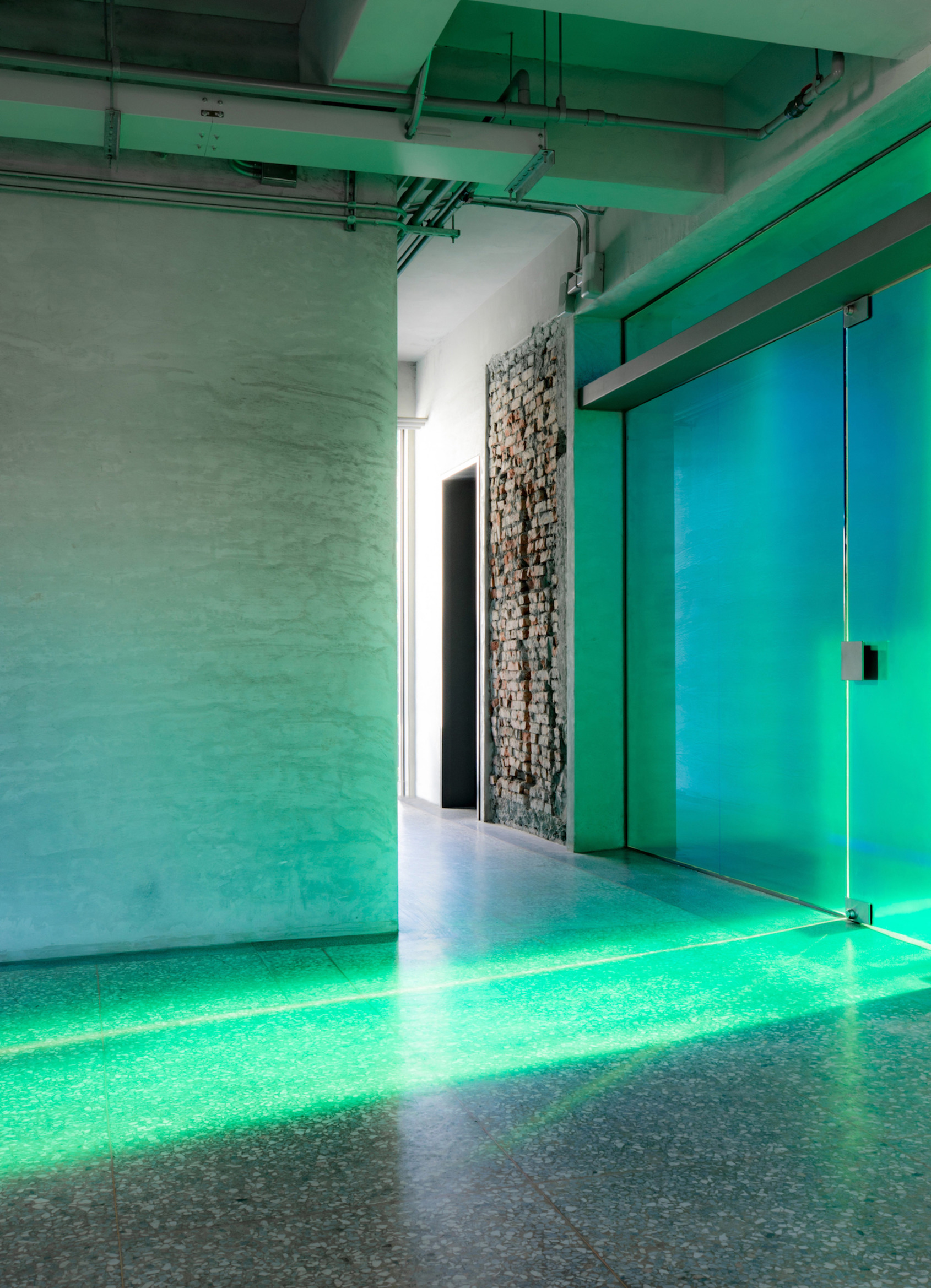
Hope at ALIEN Art Centre © ALIEN Art
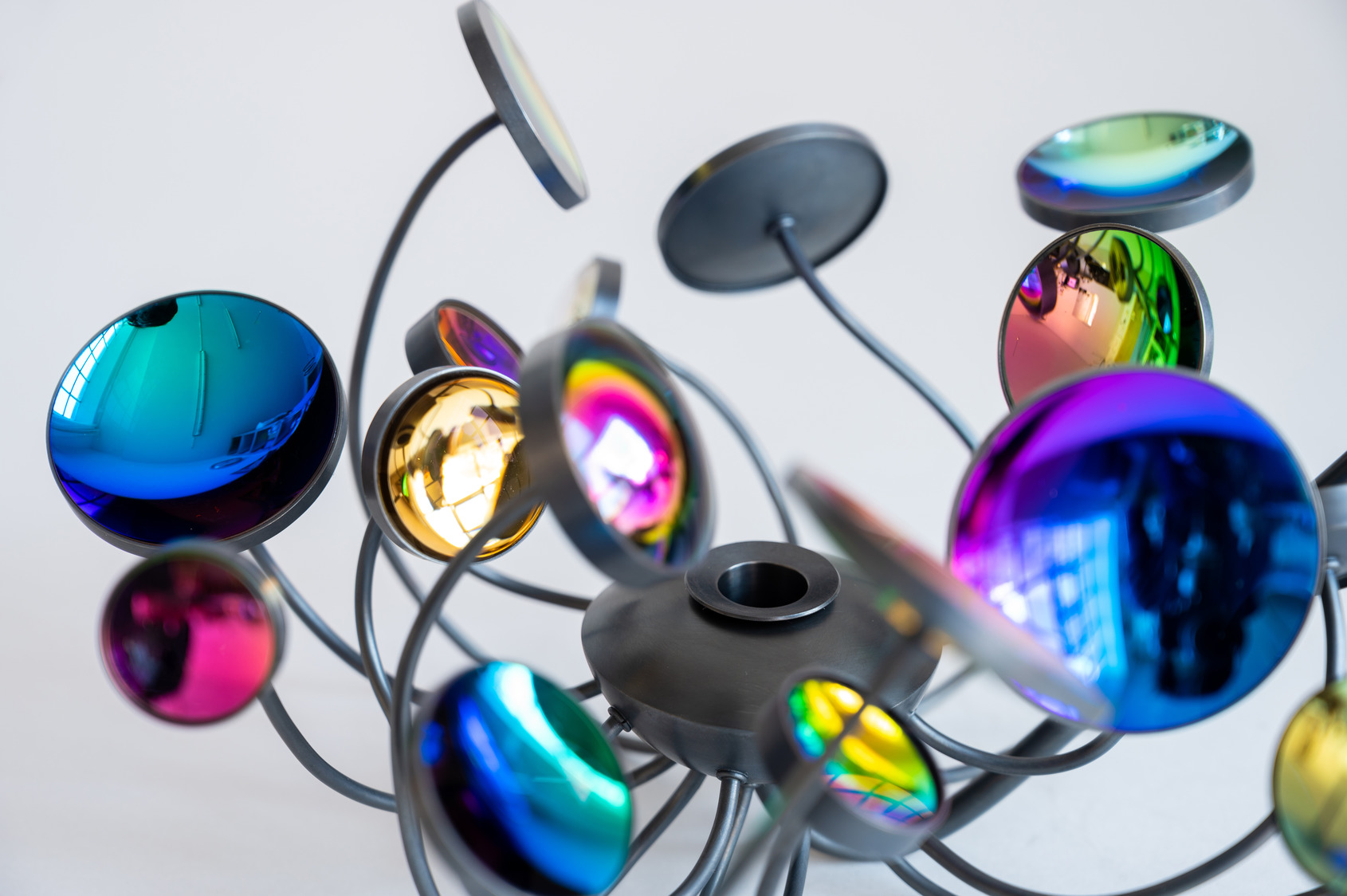
Jiro Kamata, Holon Candle stand, 2021, camera lens, PVD coasting, silver
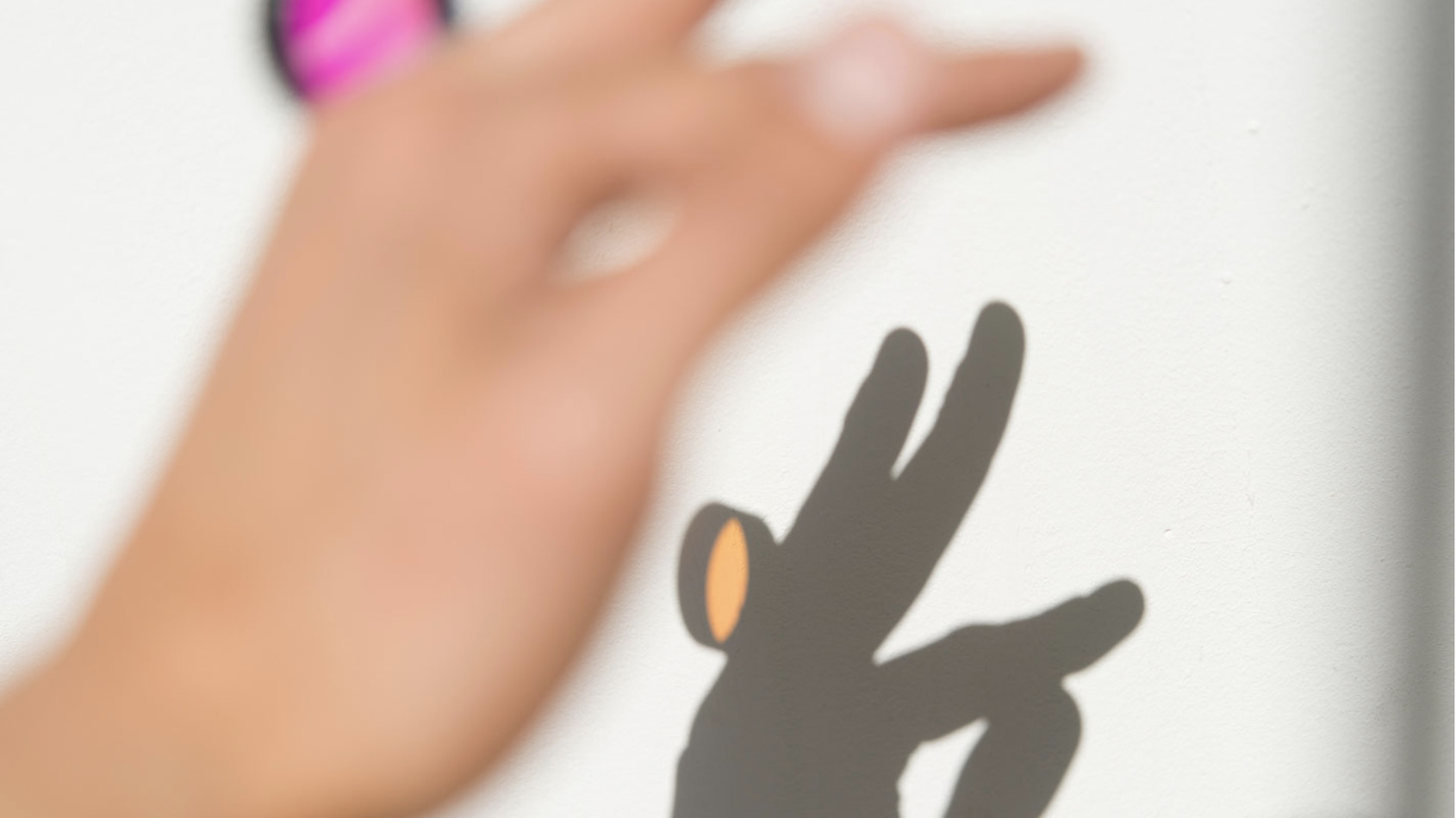
Courtesy of Jiro Kamata
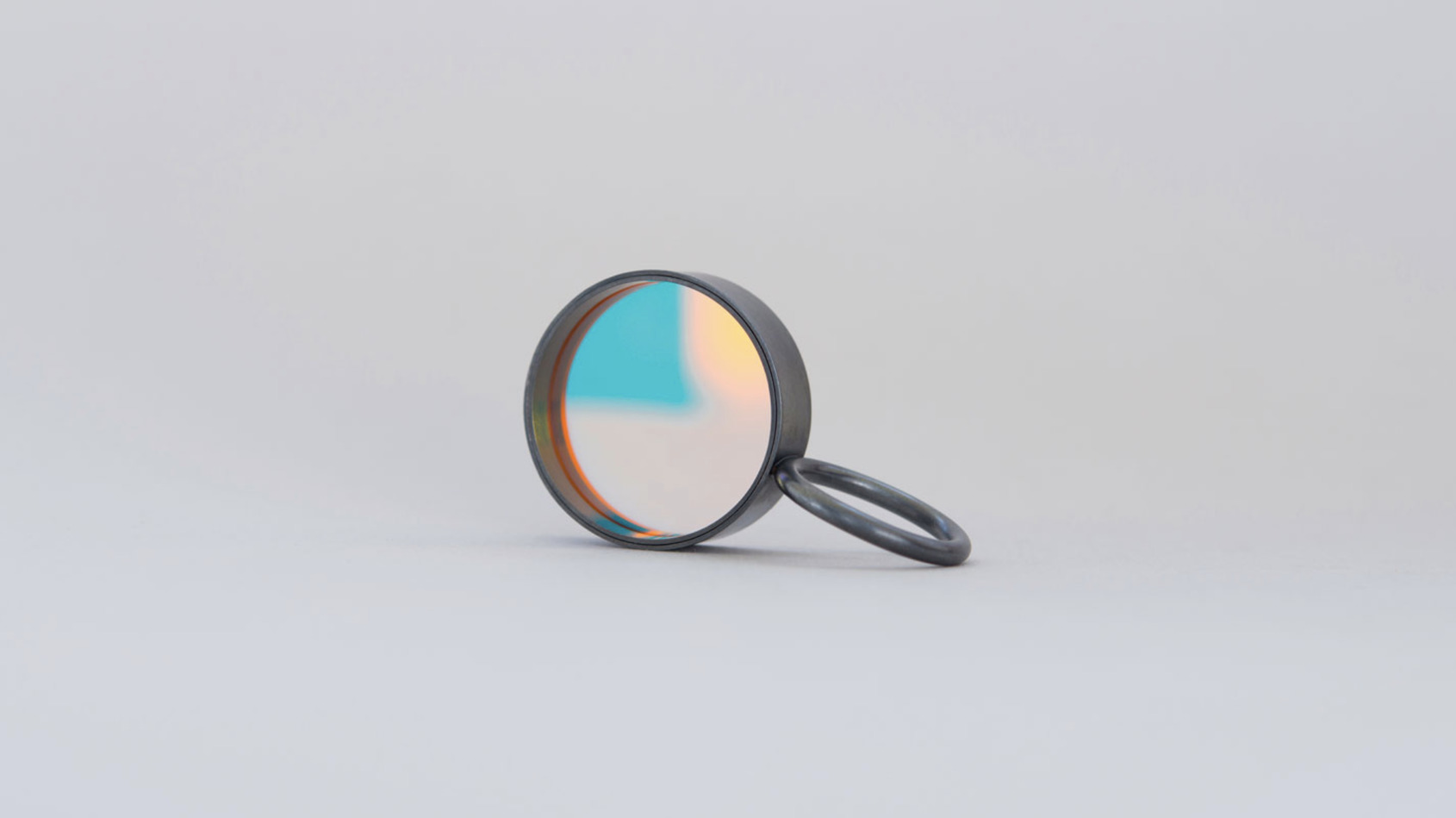
Courtesy of Jiro Kamata
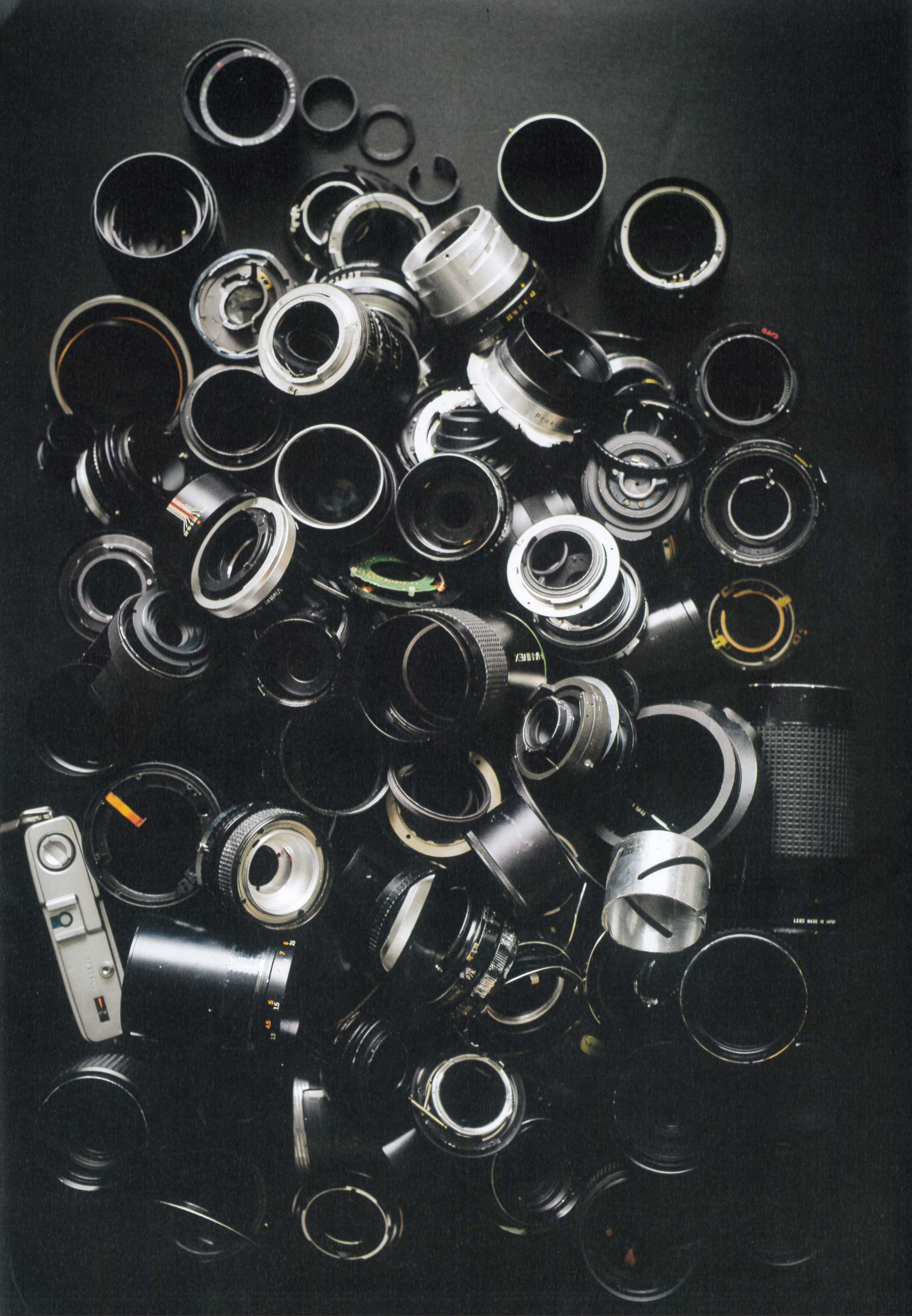
Jiro Kamata uses the lenses of old camera's as a raw material for his jewelry. ©Jiro Kamata Studio
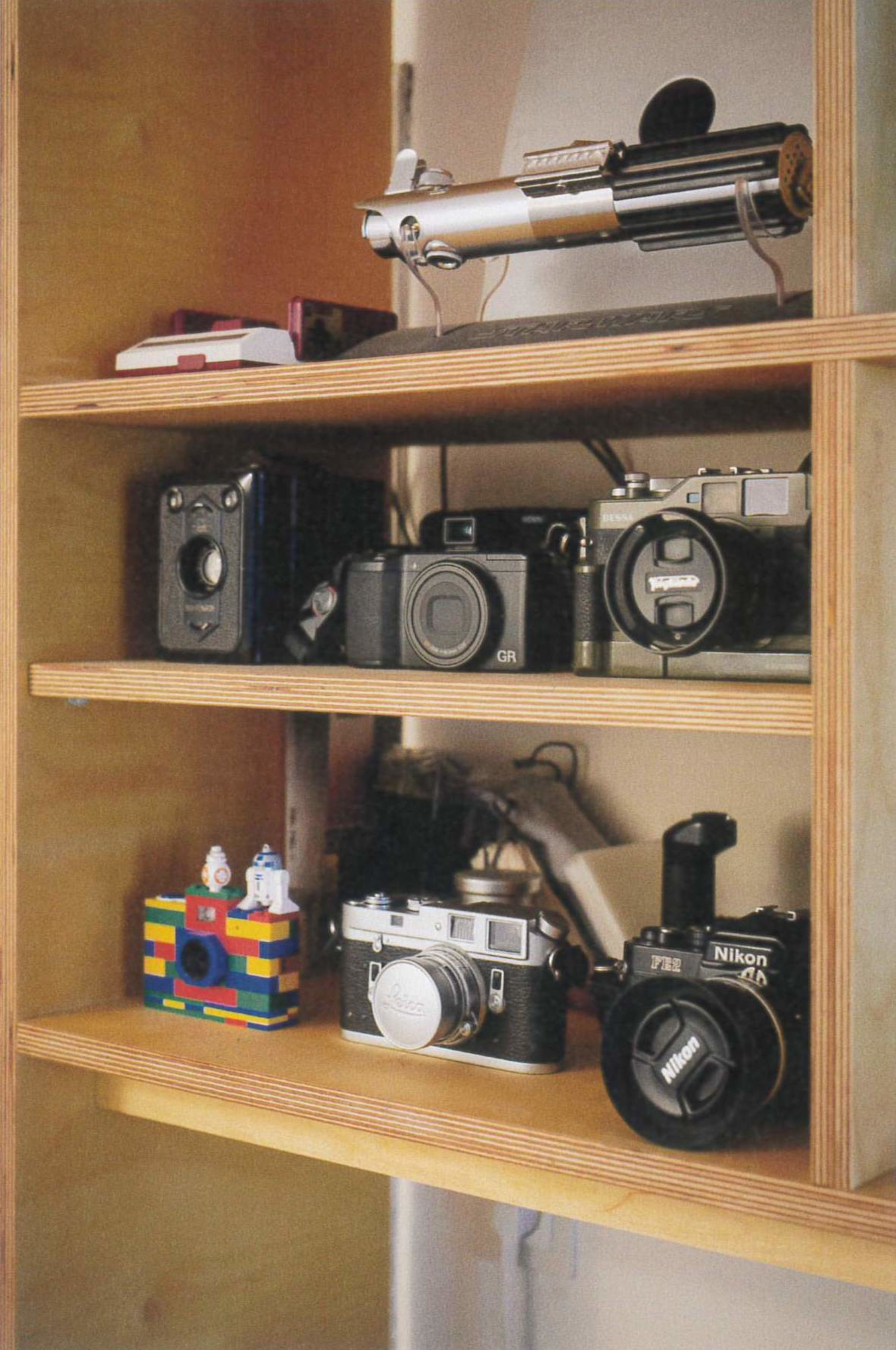
Jiro Kamata uses the lenses of old camera's as a raw material for his jewelry. ©Jiro Kamata Studio
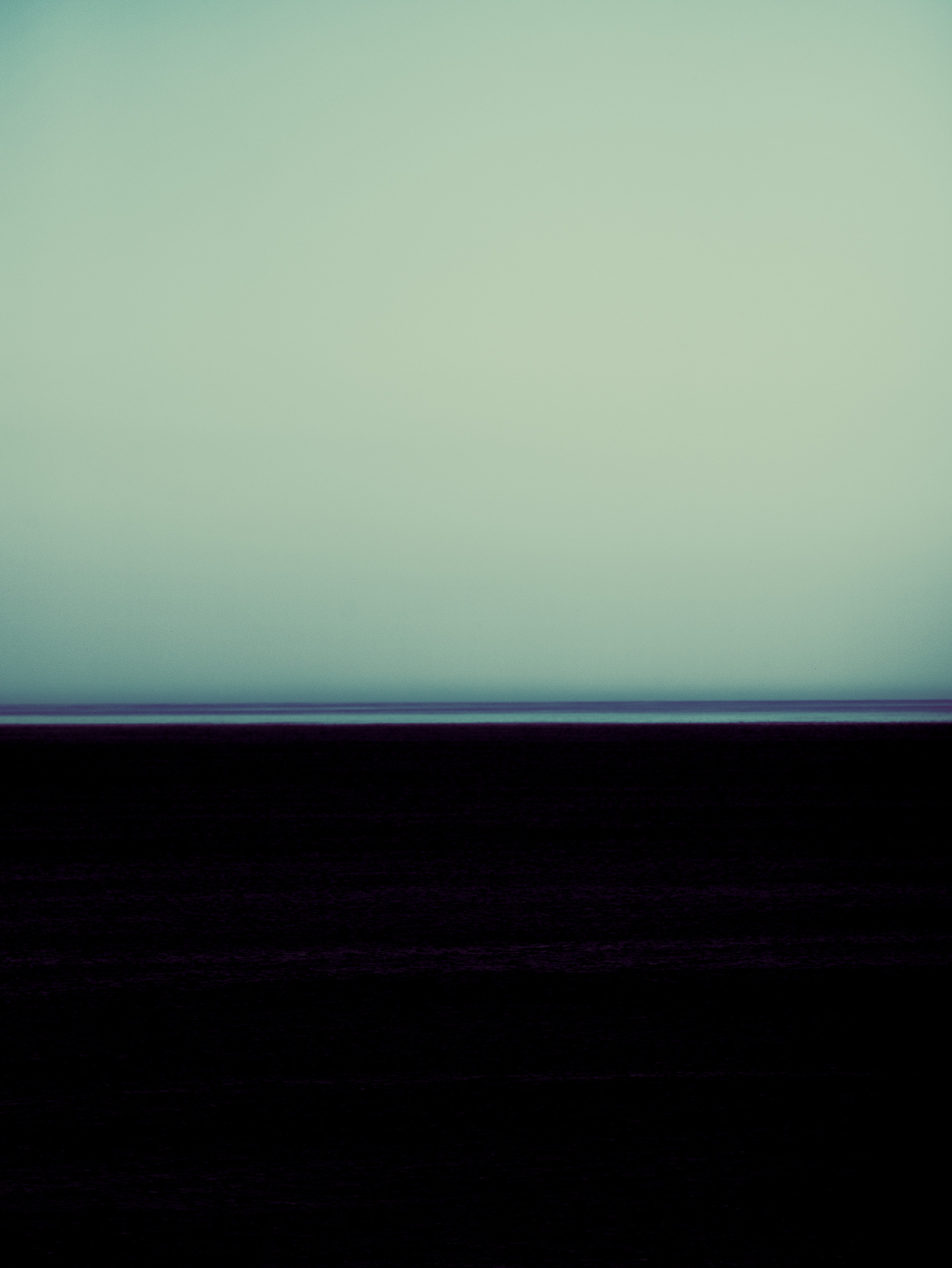
Caroline Halley, Lightscape #planche400, Atlantic Ocean, Guethary, France, 2020, 10 x 15 cm, Chromogenic Print on Fujiflex collection paper
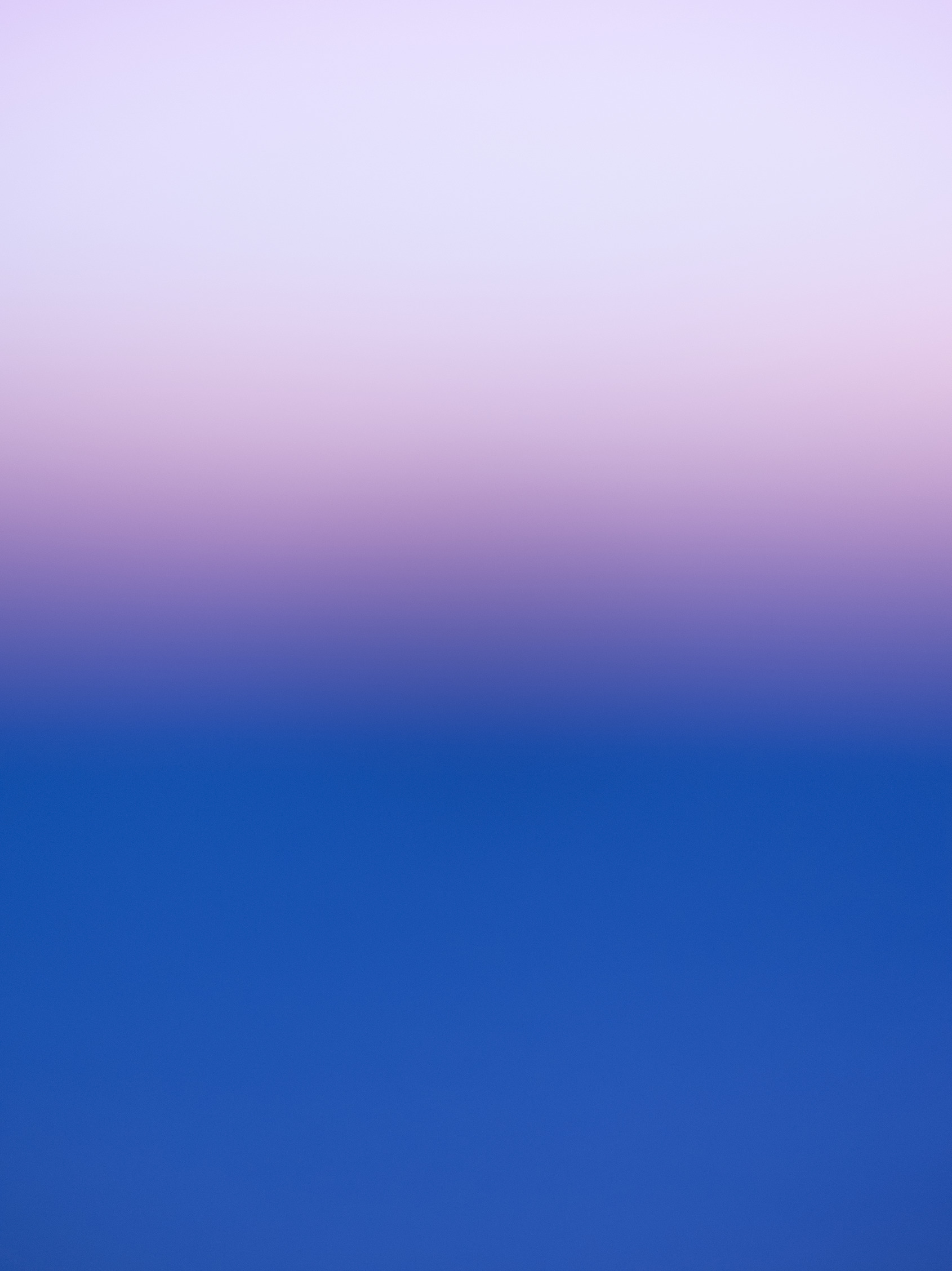
Caroline Halley, Lightscape #planche404, Atlantic Ocean, Bretagne, France, 2021, 120 x 180 cm, Chromogenic Print on Fujiflex collection paper
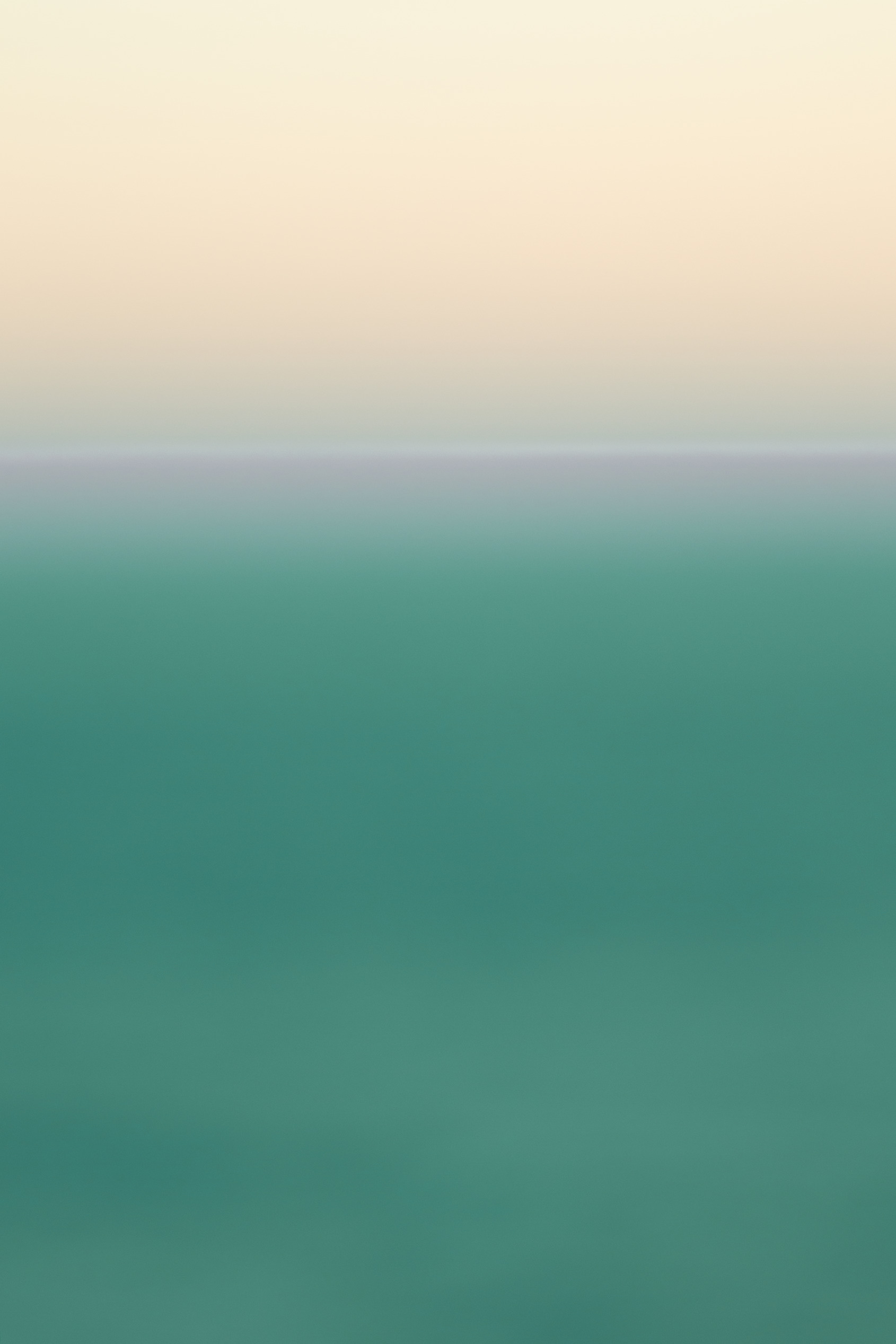
Caroline Halley, Lightscape #planche219, Atlantic Ocean, Bretagne, France, 2018, 120 x 180 cm, Chromogenic Print on Fujiflex collection paper
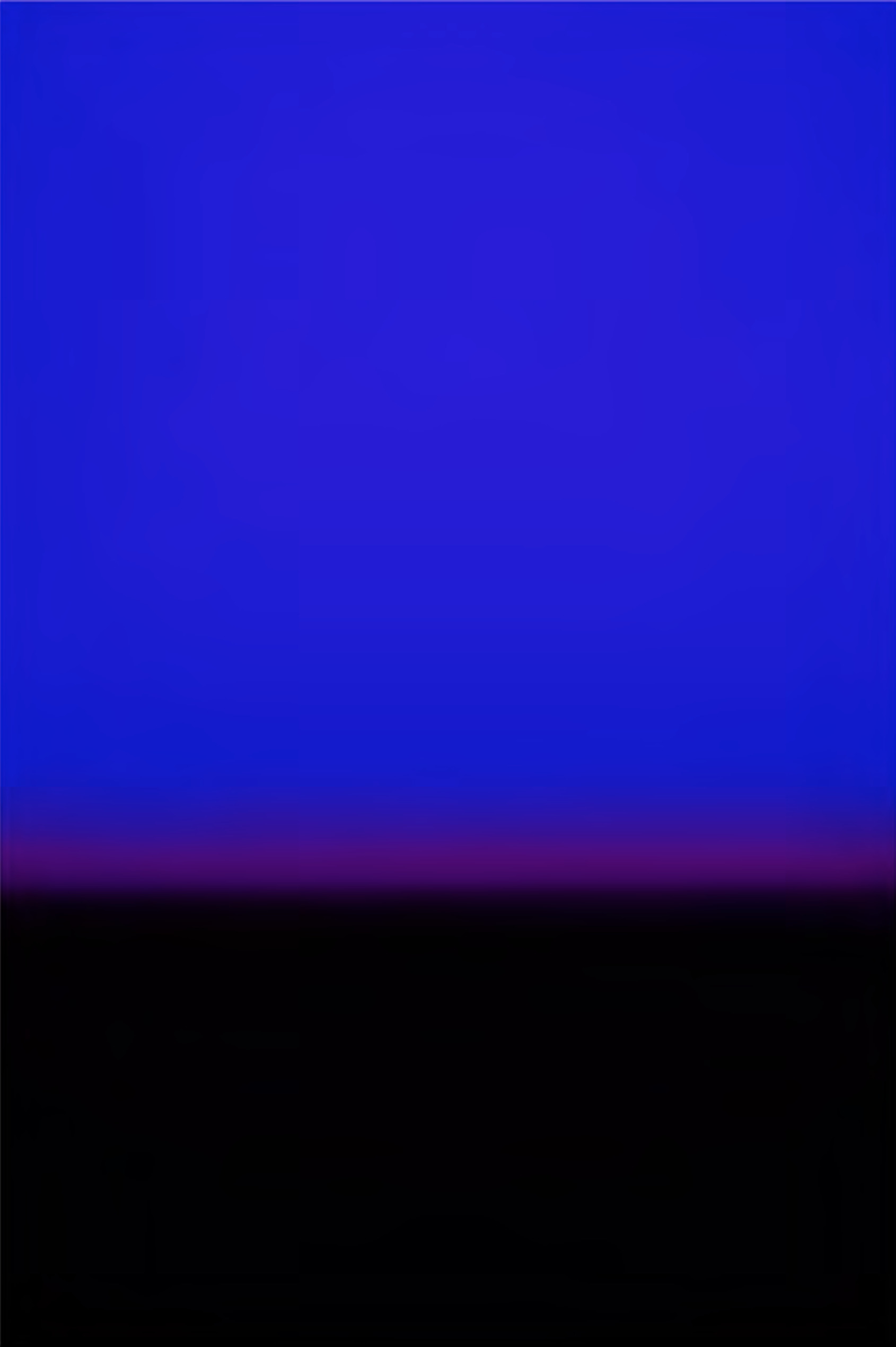
Caroline Halley, Lightscape #planche36, Atlantic Ocean, 2017, Chromogenic Print on Fujiflex collection paper
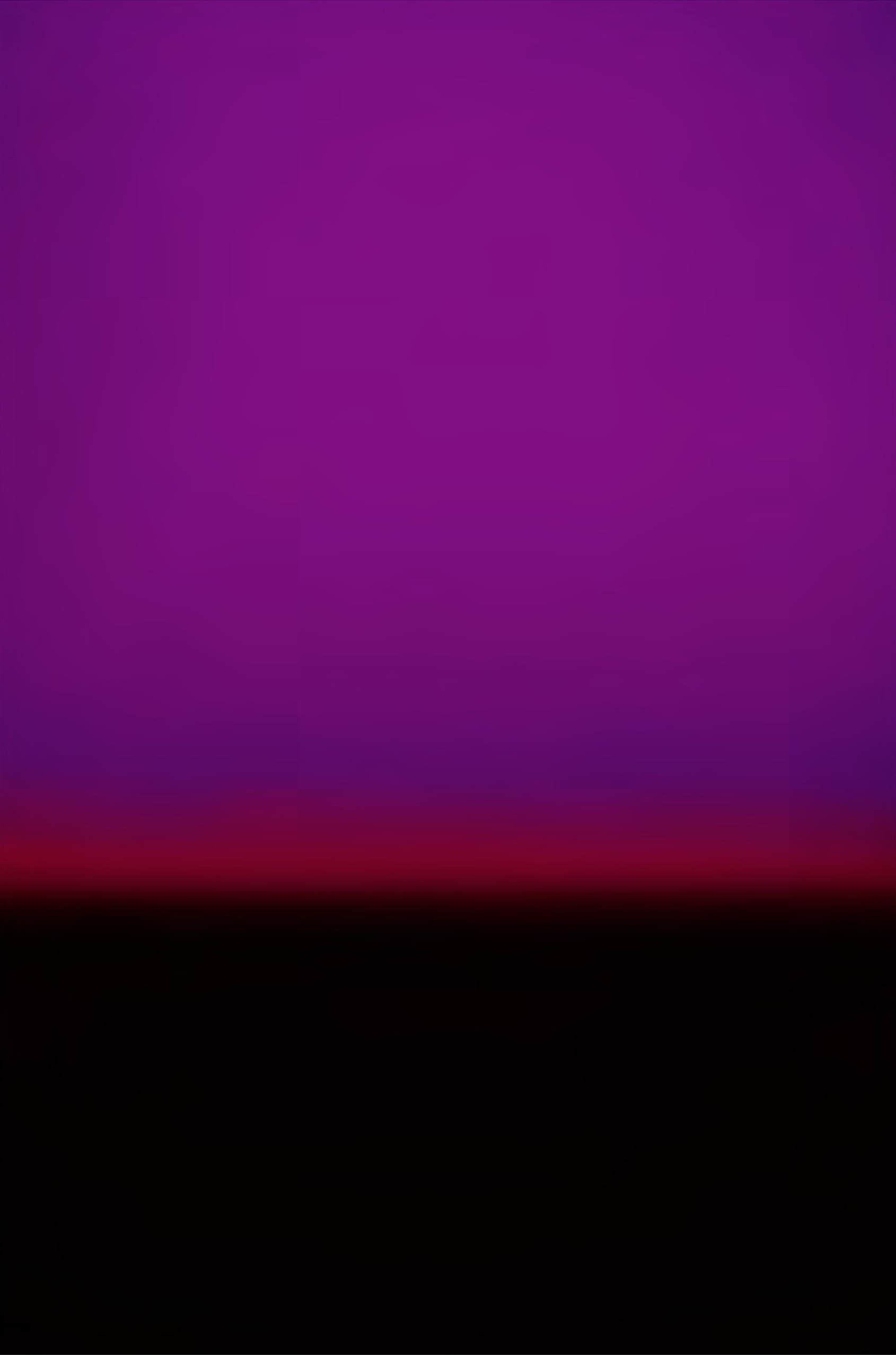
Caroline Halley, Lightscape #planche5, Atlantic Ocean, 2016, Chromogenic Print on Fujiflex collection paper